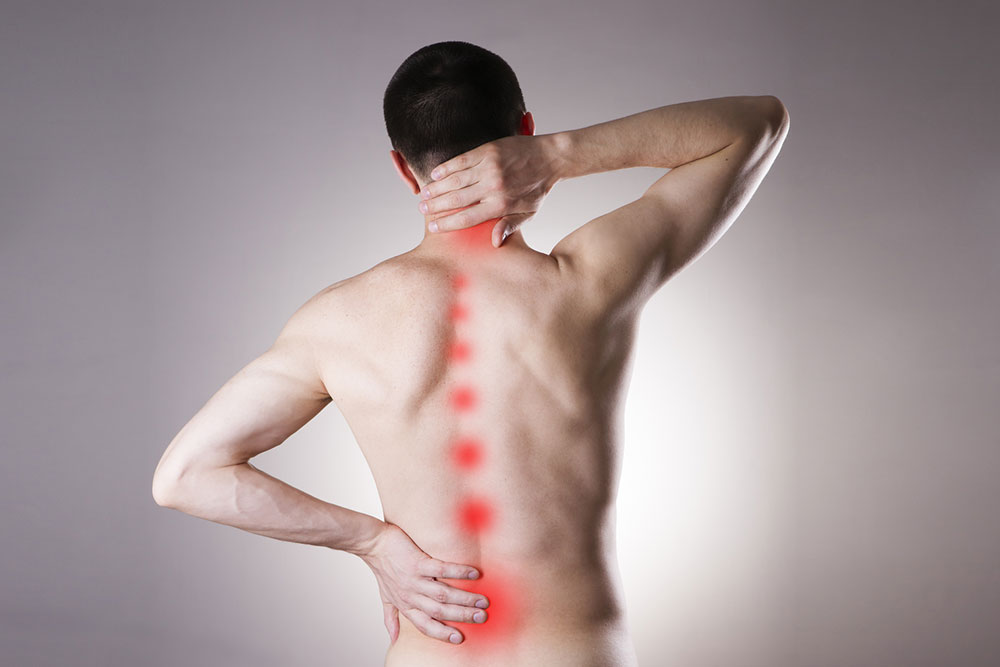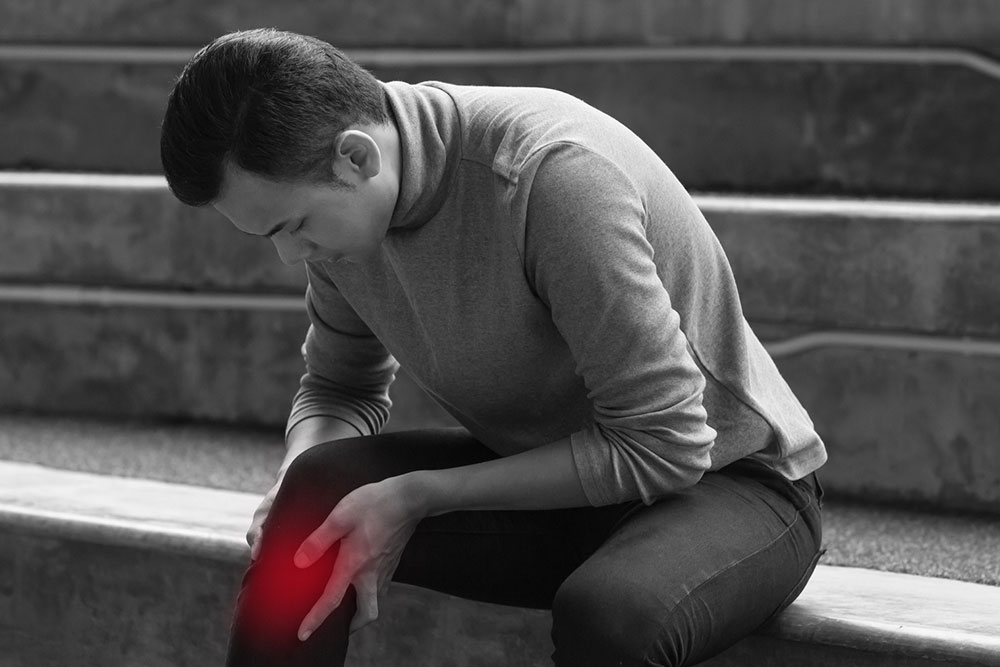Comprehensive Guide to Treating Spinal Narrowing: Effective Strategies and Options
This comprehensive guide covers effective strategies for managing spinal narrowing, including activity modifications, targeted exercises, medication options, minimally invasive injections, and surgical treatments. Tailored approaches aim to alleviate symptoms, improve mobility, and enhance quality of life for patients suffering from spinal stenosis. Early diagnosis and professional guidance are key to effective management and long-term relief.

In-Depth Strategies for Managing and Treating Spinal Narrowing Conditions
Spinal narrowing, medically known as spinal stenosis, is a condition where the spaces within the spine become narrowed, leading to pressure on the spinal cord and surrounding nerves. This narrowing can result from age-related degeneration, herniated disks, thickened ligaments, or congenital abnormalities. While some individuals may not experience significant symptoms, many suffer from pain, numbness, tingling, weakness, and decreased mobility. Understanding the various treatment options available can significantly improve quality of life for those affected by this condition.
Understanding Spinal Narrowing and Its Impact
The human spine is intricate, providing structural support and protecting the nervous system. When spaces within the spinal canal diminish, nerve roots and the spinal cord can become compressed, leading to a spectrum of symptoms that impact daily functioning. The severity varies among individuals, with some experiencing mild discomfort and others facing debilitating pain that hampers mobility. Early diagnosis and tailored treatment plans are essential to managing symptoms effectively and preventing progression.
Modifying Daily Activities to Reduce Pressure on the Spine
One of the foundational approaches to managing spinal stenosis involves adjusting daily activities to minimize stress on the affected areas. For instance, bending forward slightly while walking can relieve pressure on the lumbar spine and reduce symptoms. Choosing ergonomic seating, such as recliners or chairs with proper lumbar support, can make a significant difference. Avoiding prolonged standing and instead using assistive devices like walkers can help preserve spine health. Incorporating these modifications into daily routines often results in noticeable symptom relief and enhances overall comfort.
Targeted Exercises and Physical Therapy: Building Strength and Flexibility
Staying physically active is crucial for managing spinal stenosis, although exercise alone does not reverse the condition. A well-designed exercise program can improve blood circulation, strengthen muscles supporting the spine, and maintain flexibility. Core strengthening, gentle stretching, and stabilizing routines can help reduce the load on compressed nerves. Working with a physical therapist ensures exercises are appropriate and safely performed, helping to prevent further deterioration and manage pain effectively.
Role of Professional Physical Therapy
Supervised physical therapy sessions provide patients with customized exercise regimens tailored to their specific needs. Therapists may incorporate modalities such as electrical stimulation, ultrasound therapy, or cold therapy to enhance healing and alleviate pain. Over time, patients learn techniques to manage their symptoms independently, fostering long-term spinal health and mobility. The goal is to empower individuals with knowledge and tools to maintain activity levels and reduce flare-ups.
Medication-Based Relief Strategies
Over-the-counter medications, including NSAIDs like ibuprofen and aspirin, are often the first line of relief for mild to moderate pain. These medications reduce inflammation and can alleviate discomfort during flare-ups. In more severe cases, doctors may prescribe short-term narcotics, nerve pain medications, or muscle relaxants. It’s crucial to use these medications under medical supervision to avoid adverse effects and dependency. Combining medication with physical therapy and lifestyle modifications usually yields the best outcomes.
Epidural Corticosteroid Injections for Inflammation Control
Injecting corticosteroids into the epidural space around the spinal cord is a common minimally invasive procedure to reduce inflammation and pain. These injections provide temporary relief by dampening nerve irritation. While effective in the short term, repeated injections are not recommended due to potential side effects and limited long-term benefits. Patients considering this option should discuss potential risks and benefits with their healthcare providers to determine appropriateness within their treatment plan.
Surgical Options for Severe and Refractory Cases
When conservative therapies fail to provide adequate relief and symptoms severely impair daily life, surgical intervention is often necessary. Common procedures include laminectomy, where part of the vertebra is removed to decompress nerve pathways, and disk removal procedures that relieves pressure caused by herniated or degenerated disks. Advanced minimally invasive surgical techniques have reduced recovery times and improved outcomes. Proper diagnosis through MRI or CT scans is essential for planning effective surgery. Postoperative rehabilitation, including physical therapy, is vital in ensuring successful recovery and restoring mobility.
Complementary and Alternative Treatments
Beyond conventional medicine, some patients explore alternative therapies like chiropractic adjustments, acupuncture, or massage therapy to manage symptoms better. While evidence varies regarding their effectiveness, many individuals report relief and increased comfort through these approaches. It's essential to consult with healthcare professionals before integrating alternative treatments into a comprehensive care plan to ensure safety and compatibility with other therapies.
In conclusion, managing spinal narrowing requires an individualized approach combining lifestyle modifications, physical therapy, medication, and, when necessary, surgical intervention. Early detection and comprehensive treatment planning can significantly improve symptoms, restore mobility, and enhance quality of life for those living with this condition.





